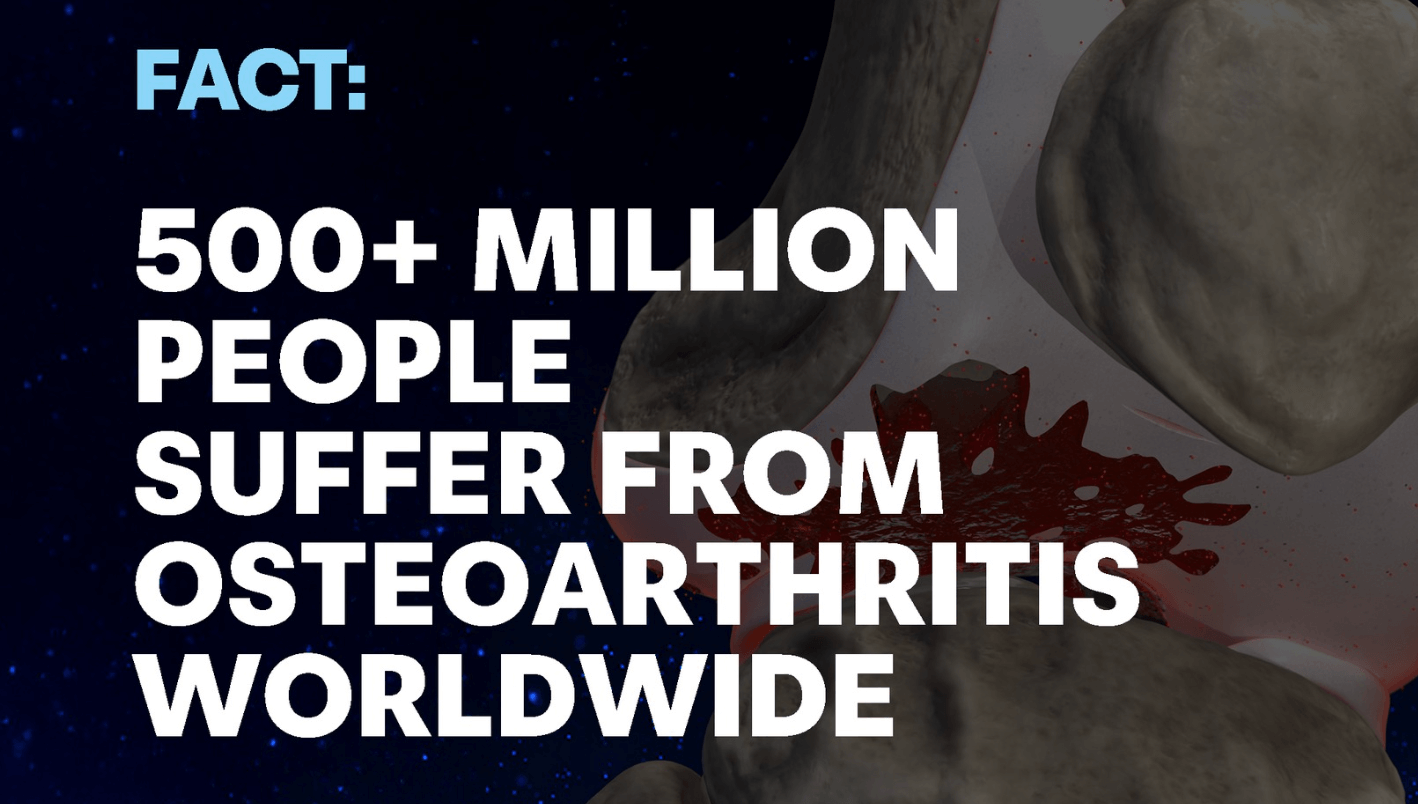Why the “Gas & Brake” Approach Could Be the Future of Joint Repair

Let’s talk about your knees.
Or your hips, or your shoulders, or wherever you’re starting to “feel your age.”
Now, imagine driving your car down a hill with your foot jammed on the gas and no brake pedal. That’s what osteoarthritis does inside your joints, it hits the gas on cartilage breakdown and never lets up.
That’s where CYT-108 comes in.
Because when it comes to joint repair, regeneration is the gas but you still need a brake.
The Problem Most Therapies Miss
Everyone wants to talk about regrowth cartilage regeneration, stem cells, tissue engineering, all the “futuristic” stuff.
And sure, that’s exciting. We all want to hear, “We’ll rebuild your knees!”
But here’s the hard truth: You can’t regenerate cartilage if it’s still being destroyed.
It’s like patching a leaking roof during a hurricane. Doesn’t matter how good your materials are, if you don’t stop the storm, nothing holds.
That’s why Cytonics isn’t just chasing the next buzzword. They’re focused on solving the most overlooked problem first: Stopping the destruction before accelerating regeneration.
Meet the 1-2 Punch: CYT-108
CYT-108 is a genetically engineered version of a natural protein your body already makes, alpha-2-macroglobulin, or A2M.
A2M is like a molecular bouncer. Its job? To find and shut down the enzymes (proteases) that are chewing up your cartilage; day after day, year after year.
But most people don’t produce enough A2M in their joints to make a difference. So Cytonics built a stronger, smarter version.
CYT-108 is over 200% more potent at neutralizing the enzymes doing the damage. It gets injected directly into the joint, where it binds to those enzymes like a Venus flytrap and shuts them down.
That’s the brake, that’s how you stop the spiral before you even think about rebuilding.
Independent research has also confirmed that A2M (and CYT-108 by logical extension) also induces cartilage regeneration and restoration of other joint tissues (e.g., joint membrane, and bone) back to normal, healthy states.
This dual action is a powerful 1-2 punch that addresses both sides of the healing equation.
Why It Matters More Than You Think
Let’s say your cartilage is a highway, every bump in the road (age, injury, overuse) is like a pothole. And your body, bless it, sends crews out to patch it. But if cars are still speeding through at 80mph while your crew is laying down asphalt? That repair job won’t last long.
That’s where CYT-108 comes in.
It slows the breakdown, creates a safe zone, before inducing regeneration through multiple molecular mechanisms.
The Future Is Gas and Brake
Most biotech companies are trying to go all-in on regeneration, and that’s great. But what Cytonics is building isn’t meant to compete with those therapies, it’s meant to complete them.
They’re building the brake system that every regenerative therapy will need to be effective.
Imagine a world where someone gets a single dose of CYT-108 that both:
- Promotes new cartilage growth
- And protects that new cartilage from being broken down again
That’s the future of joint repair, not one or the other but both working together.
And for Investors?
That makes CYT-108 a critical player in a much bigger ecosystem.
Not just a standalone treatment but the backbone of a new joint health model, one that slows damage, allows for healing, and may reduce the need for surgery altogether.
In a $390 billion market, that’s not just medically important. That’s a smart position to be in.
So… Brake First. Then Rebuild.
If you care about long-term joint health for your parents, your kids, or yourself; it starts with stopping the damage.
And if you’re an investor who understands the power of infrastructure, the unseen tech that makes everything else work, CYT-108 is the therapy to watch.
You wouldn’t floor the gas without a working brake.
And you shouldn’t invest in joint regeneration without understanding the critical role of stopping the breakdown first.
CYT-108 is the brake and this could be your green light.
*Reg A Disclaimer:
This investment is speculative, illiquid, and involves a high degree of risk, including the possible loss of your entire investment. You may obtain a copy of the offering circular here.
